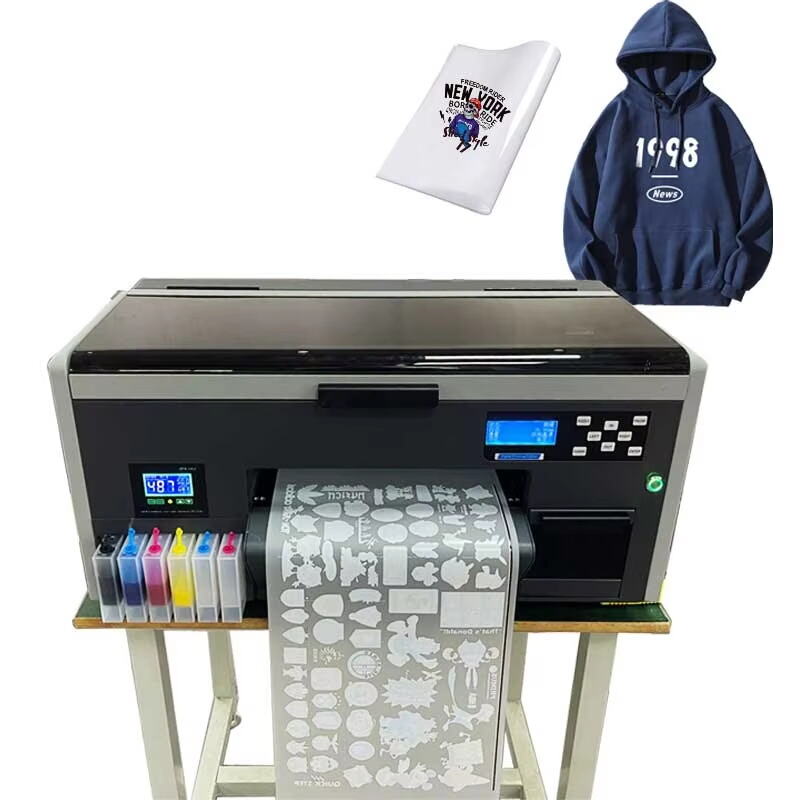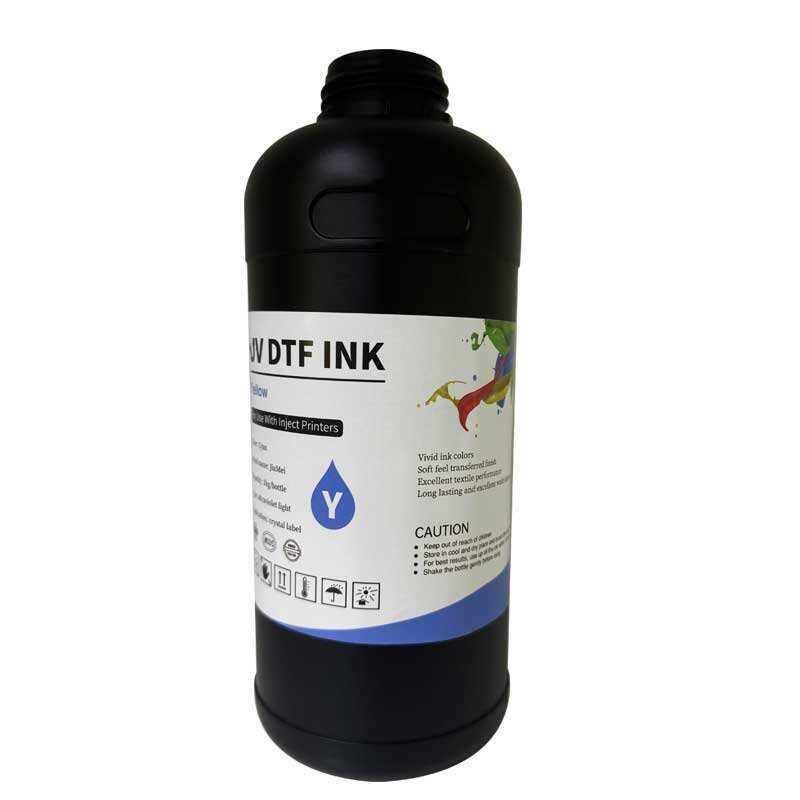screen printing frame
A screen printing frame serves as the foundational element in the screen printing process, consisting of a rigid frame structure typically made from aluminum or wood, with a finely woven mesh stretched tightly across it. This essential tool enables the transfer of ink onto various substrates through a stenciled design. The frame's construction must maintain proper tension to ensure consistent print quality and durability throughout multiple printing cycles. Modern screen printing frames feature precision-engineered corners and reinforced joints that prevent warping and maintain stability under pressure. The mesh, usually made from polyester or nylon, is carefully selected based on the intended application, with thread counts varying from 40 to 305 threads per inch. Higher thread counts deliver finer detail while lower counts are suited for heavy ink deposits. The frame's design incorporates specific dimensions and tension measurements that directly influence print quality, registration accuracy, and production efficiency. Professional-grade frames often include registration marks and positioning guides to facilitate precise alignment during multi-color printing processes. This technological advancement has made screen printing frames indispensable in industries ranging from textile printing to electronic circuit board manufacturing.


